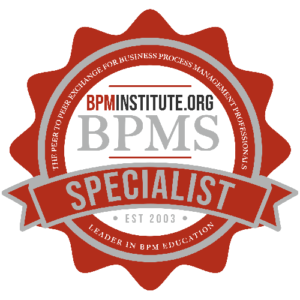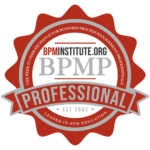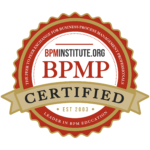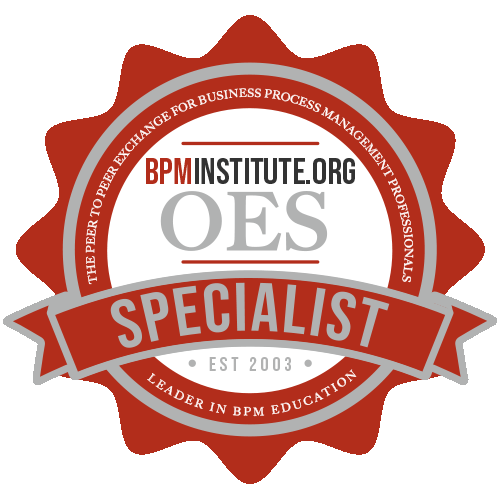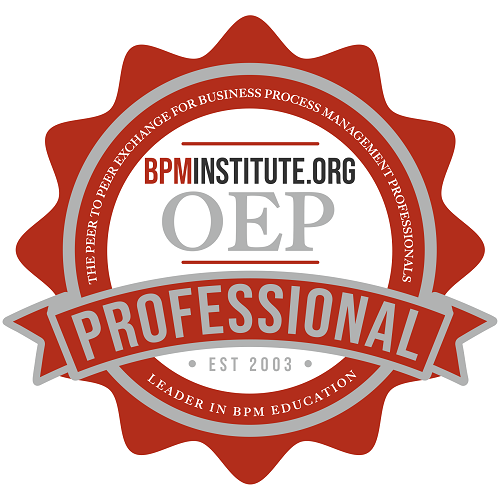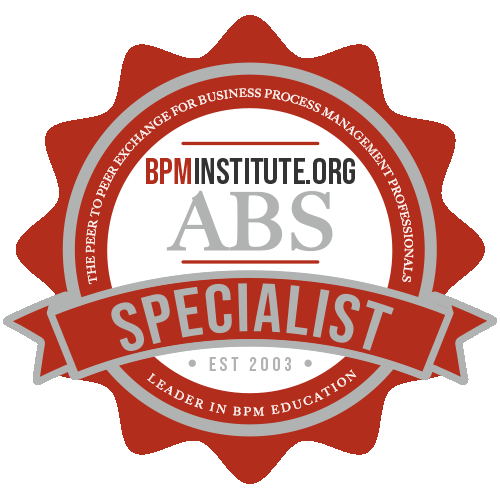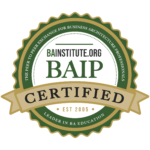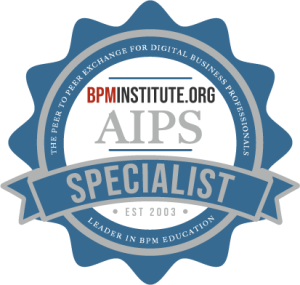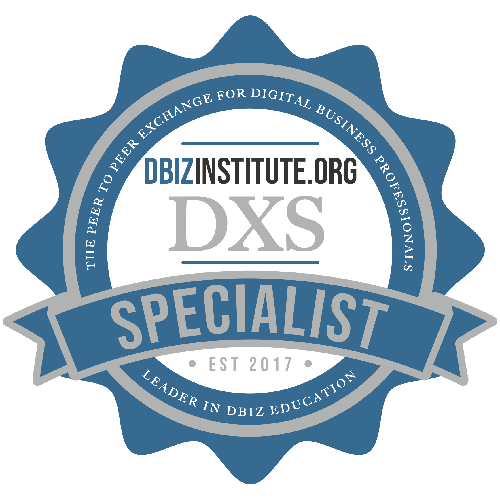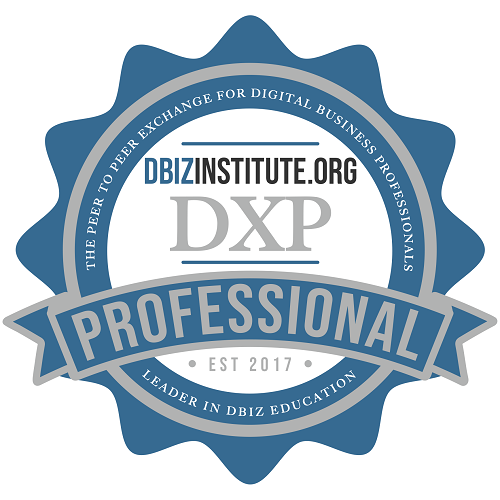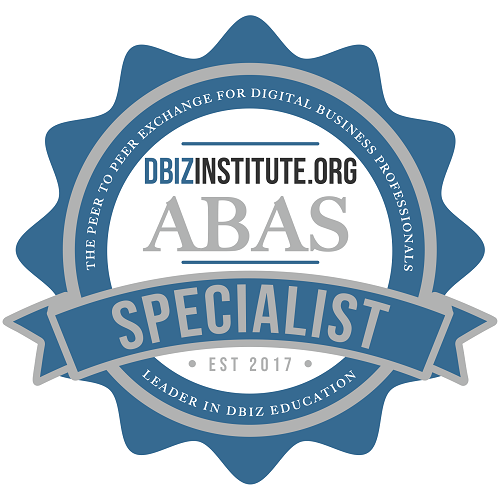Sandra Lusk has over 20 years experience in systems design and development working with utility, transportation, logistics, insurance and banking organizations in the US, Canada, Australia, New Zealand and Wales. She is also a certified Project Management Professional (PMP) and is currently President of the Association for Business Process Management Professionals for the Portland Chapter.
Lusk says a process model is a vehicle for understanding how things work. Key components of a process model are:
- One or more diagrams
- Information about the objects and relationships on the diagram
- Information about the relationships between objects in multiple diagrams
- Information about how the thing it “models” behaves or performs
The model should be in a central location so everyone can find it and see it. The model should show a consistent view of the business and facilitate communication within and across the business because some processes are used by different groups. It should reduce redundancies and identify gaps in the processes and lower the risks of missed impacts.
The information kept on the each of the processes is:
- Name of each process (has to be unique)
- Description (full description along with the objective of the process)
- Event/triggers and results
- Location (where the process is used, what local factors impact)
- Organization (can be owner or stakeholder or business unit)
- Applications and technologies (which applications and technologies are associated with the processes)
- Controls and metrics
- Costs
The process model needs to show the business in an enterprise-wide map that can show a number of different perspectives. It should show three levels of detail showing the high level of the business line, then the operational level, and finally the work procedure. The model should also show a view of the workflow, the technology, and the controls. Lusk related that when they disseminated this map thoughout the organization the map quickly began to be used because it gave a better view of the processes and the business.
Lusk said there were 260 critical business processes in the model. To evaluate this, they created a report card to document how well the process meets specified criteria. The report card also has the ability to report results based on user-selectable criteria. The coding is a simple three-color evaluation where green means the process materially meets the criteria for the identified attribute.
Yellow means the process does not always meet the criteria, although a work-around or other process is used to ensure the attribute generally is met. It is identified for possible improvement.
Red means the business process significantly fails to meet the criteria and the process needs to be improved.
The criteria for evaluating how well the process works are:
- Business process is documented (as it really is)
- Business process is understood (Does staff understand it?)
- The business process is adhered to
- Business process supports the business strategy
- The process is consistent across applicable business lines
- The process supports the business information needs
- The process incorporates metrics to monitor and optimize
- IT systems are adequate to support the business process
Evaluations were also done for the top ten business processes along with detailed evaluations by business line and by organization. Funding decisions are based on these evaluations which also include the strategic objectives, impacted organizations, applications, and staff impacts along with risks and time estimates.
The project life cycle starts with a project definition document with detailed user requirements and the business functional specifications. For continuous improvement, the current state is evaluated, the impact of the proposed changes are looked at and different scenarios compared and analyzed.
The keys to success are strong management buy-in and treating the process model as a company asset. A successful process model requires commitment and education so that the value will be understood. Other key success factors are sufficient staffing to maintain it and strong BPM governance.



